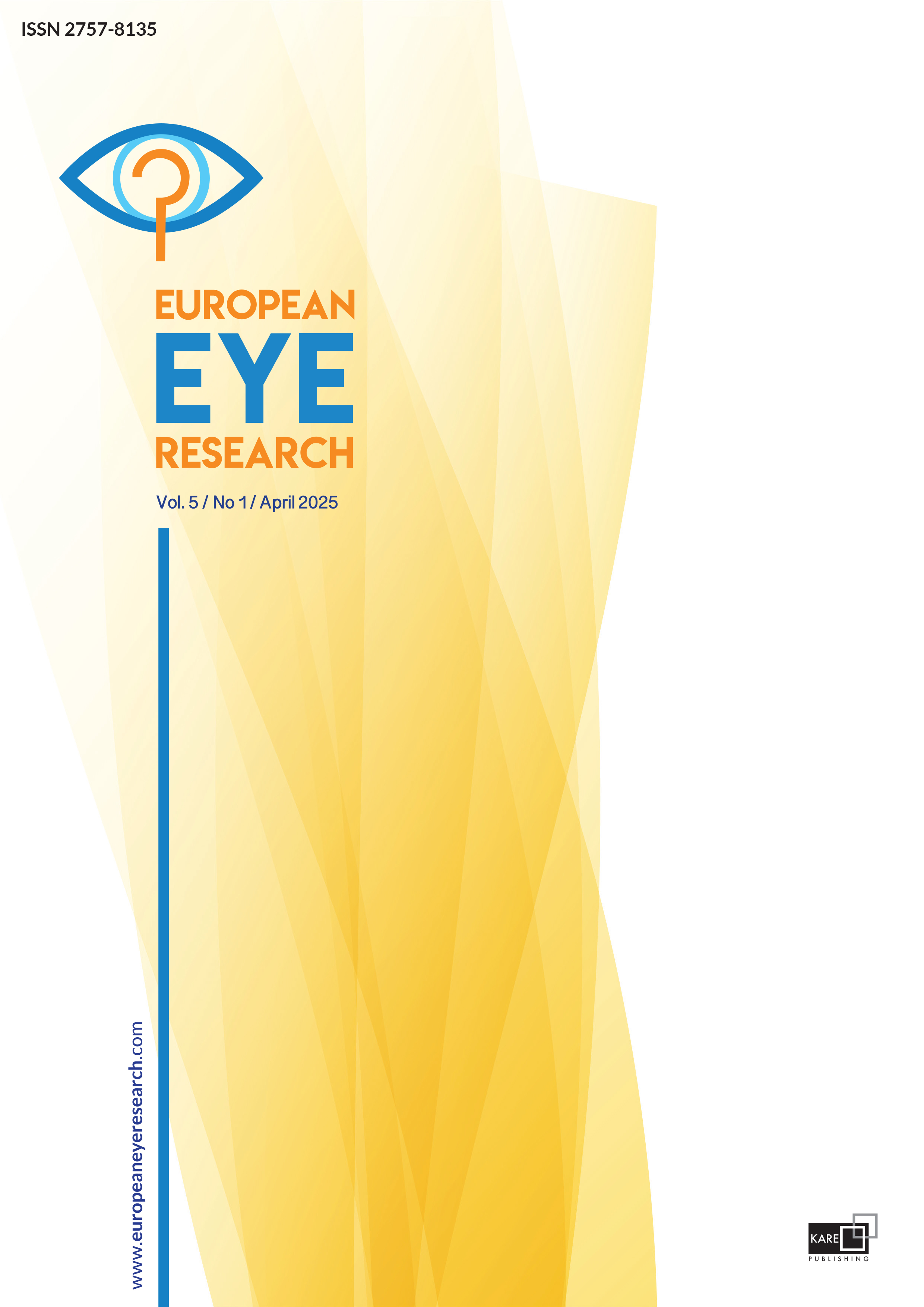

Retrospective analysis of open globe injuries during coronavirus disease-19 lockdown in Turkey
Zeynep Akgün, Cumali Değirmenci, Serhad Nalçacı, Filiz Afrashi, Cezmi AkkinDepartment of Ophthalmology, Ege University Faculty of Medicine, Izmir, TurkeyPURPOSE: The objective of the study was to evaluate open globe injuries and injury type, injury grade, and demographic characteristics of patients with penetrating eye injury during the coronavirus disease (COVID)-19 lockdown in Turkey.
METHODS: Patients who were admitted to our clinic with a diagnosis of penetrating/perforating eye injury between March 11, 2020–June 1, 2020 (Group 1), and March 11, 2019–June 01, 2019 (Group 2), were retrospectively analyzed. Ophthalmologic examination findings, ocular trauma score (OTS), causes of injury, and mechanism of injury were recorded. Data and findings were compared with SPSS.
RESULTS: A total of 47 (1.74%) of 2688 patients in 2019 and 21 of 1130 patients (1.85%) in 2020 referred to our clinic from the emergency department were hospitalized with the diagnosis of penetrating/perforating eye injury. There was no difference between the groups in terms of age and gender (p=0.60 and p=0.73, respectively). The mean best-corrected visual acuity (BCVA) at the first examination was 1.46±1.0.9 (0–3.5) log MAR in Group 1 and 1.09±1.05 (0–3.5) log MAR in Group 2 (p=0.19). The mean OTS was calculated as 56.00±25.96 (12–100) in Group 1 and 69.63±23.78 (13–100) in Group 2. The difference was statistically significant (p=0.05). Final BCVA was 1.31±0.91 (0–3) log MAR in Group 1 and 0.53±0.77 (0–3) log MAR in Group 2 (p=0.005).
CONCLUSION: During the COVID-19 lockdown, there was a significant decrease in emergency consultations and penetrating injuries. The OTS and final BCVA of patients were lower than the previous year. COVID-19 locking may have an effect on the reduction of ocular trauma.
Manuscript Language: English



